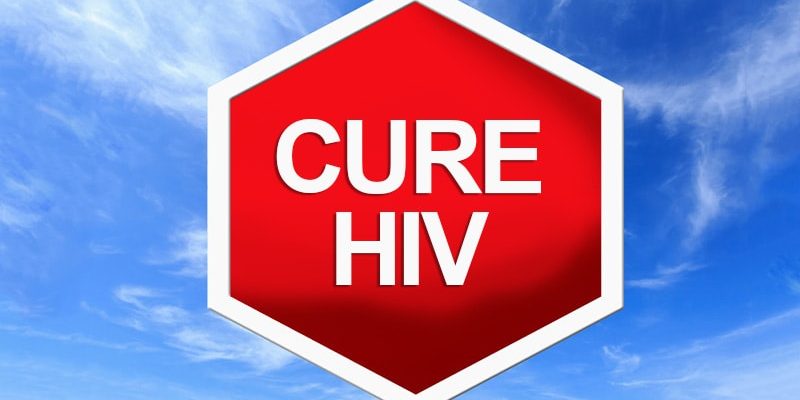MONTREAL ― A 66-year-old US man has become the world’s fourth known HIV patient to show complete clearance of the virus after being treated for acute myelogenous leukemia with an allogeneic hematopoietic stem cell transplantation from a naturally HIV-resistant donor, US researchers announced here at the 24th International AIDS Conference (AIDS 2022).
The man received the transplant nearly 3.5 years ago. Since discontinuation of antiretroviral therapy (ART) more than 17 months ago, he has shown no evidence of HIV-1 RNA rebound and no detectable HIV-1 DNA, reported lead investigator Jana K. Dickter, M.D, associate clinical professor in the Division of Infectious Diseases at City of Hope, a Duarte, California–based stem cell transplantation center for patients with blood cancers and patients with HIV/blood cancer.
Known as the City of Hope (COH) patient, he is different from the three previously reported patients in that “he was the oldest person to successfully undergo a stem cell transplant with HIV and leukemia and then achieve remission from both conditions,” said Dickter during a press briefing for the meeting. “He has been living with HIV the longest of any of the patients to date ― more than 31 years prior to transplant ― and he had also received the least immunosuppressive preparative regimen prior to transplant,” she added.
She said that, like the three previous patients, known as the Berlin, London, and New York patients, the COH patient received a transplant from a donor with natural resistance to HIV because of a rare CCR5-delta 32 mutation.
Dickter and her co-investigators used the term “remission” but went further, suggesting that an “HIV cure is feasible” after transplant, given this and the previous cases.
“It’s a bit early to say the patient is cured, but they are clearly in remission,” said Sharon Lewin, MD, president-elect of the International AIDS Society, which runs the meeting. Nevertheless, Lewin, who is professor of medicine at the University of Melbourne and director of the Peter Doherty Institute for Infection and Immunity, in Melbourne, Australia, acknowledged that cure is “very likely.”
“Two of the previously reported patients have been off ART for long periods of time ― Berlin, 12 years (until Timothy’s death in 2020); London, 4 years ― and both had far more extensive investigations to try and find intact virus, including very large blood draws, tissue biopsies, etc. For the NY and now this COH patient, the duration off ART has been much shorter…. But given the prior cases, it is very likely that the NY and COH patients are indeed cured. But I think it’s too early to make that call, hence my preference to use the word, ‘remission,’ ” she told Medscape.
“Although a transplant is not an option for most people with HIV, these cases are still interesting, still inspiring, and help illuminate the search for a cure,” she added.
Dickter acknowledged that the complexity of stem cell transplant procedures and their potential for significant side effects make them unsuitable as treatment options for most people with HIV, although she said the COH case is evidence that some HIV patients with blood cancers may not need such intensive pretransplant conditioning regimens.
The COH patient received a reduced-intensity fludarabine and melphalan regimen that had been designed at Dickter’s center “for older and less fit patients to make transplantation more tolerable,” she said. In addition, the graft-vs-host disease prophylaxis that the COH patient received included only tacrolimus and sirolimus, whereas the previous patients received additional immunosuppressive therapies, and some also had undergone total body irradiation.
Dickter has disclosed no relevant financial relationships. Lewin has relationships with AbbVie, BMS, Esfam, Genentech, Gilead, Immunocore, Merck, Vaxxinity, and Viiv.
International AIDS Society (IAS) Conference 2022: Abstract 12508, presented to the news media on July 27, 2022.
Kate Johnson is a Montreal-based freelance medical journalist who has been writing for more than 30 years about all areas of medicine.
For more news, follow Medscape on Facebook, Twitter, Instagram, and YouTube.
Source: Read Full Article
